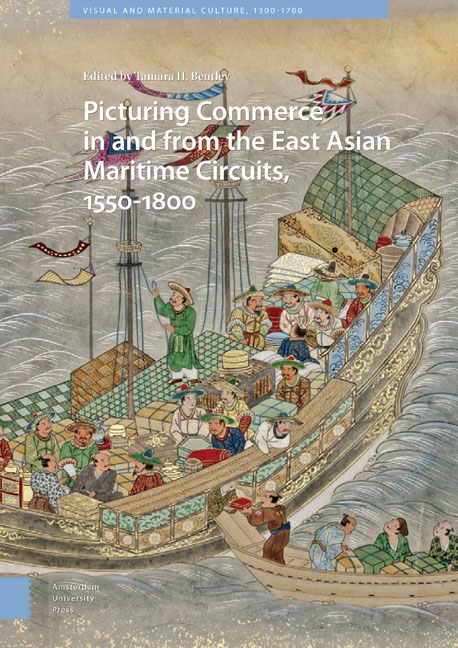6 - Trans-Pacific connections: Contraband mercury trade in the sixteenth to early eighteenth centuries
Published online by Cambridge University Press: 25 November 2020
Summary
Abstract
Mercury was an essential substance in the “patio” amalgamation method of silver refining. This essay focuses on the patio method for refining silver that was imported from Europe and the New World into Asia, and the associated export of mercury from China into Japan and New Spain. Spanish government officials were ambivalent about the import of mercury into the colonies, since the patio process allowed even more silver to flow out of these locations. These officials passed laws limiting mercury import, but the trade continued, often illegally. This essay extensively documents the role of Spanish merchants and investors in facilitating the illegal import of mercury into the Spanish viceroyalties from Asia. Considerable trade took place beyond the volumes officially recorded.
Keywords: refining silver; mercury trade; patio process; colonial Latin American smuggling; Manila galleons; Japan and mercury
Chinese merchandise is so cheap and Spanish goods so dear that I believe it impossible to choke off the trade to such an extent that no Chinese wares will be consumed in the realm, since a man can clothe his wife in Chinese silks for two hundred reales, whereas he could not provide her clothing of Spanish silks with two hundred pesos.
—Letter from Marqués de Cañete, viceroy of Peru, to Philip IIThe discovery of 50.26 grams of mercury from an old shipwreck, the Spanish galleon Nuestra Señora de Atocha, that sank in 1622 off the Florida Keys, heavily laden with copper, silver, gold, tobacco, gems, jewels, and indigo, bound for Spain, has raised worldwide attention. One gets a “sense of the scientific practices that prevailed in 1622,” especially as related to mining and medicine, as Corey Malcom states. In 1554, the Spanish had just rediscovered a revolutionary new technique for the refining of silver, the mercury- amalgam “patio process.” First used by the Arabs in the twelfth century in North Africa, it allowed much greater quantities of silver to be obtained from the ore. This technology is ascribed to Bartolomé de Medina (born around 1504 in Seville, Spain). He first applied the process in Pachuca, New Spain (Mexico), and it was soon widely employed in the silver mines throughout the Spanish colonial empire in the Americas.
- Type
- Chapter
- Information
- Publisher: Amsterdam University PressPrint publication year: 2019
- 1
- Cited by



